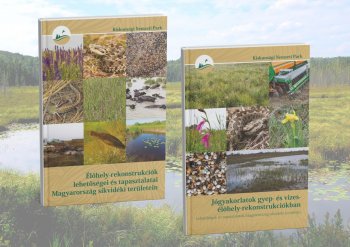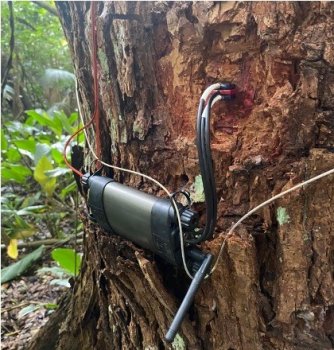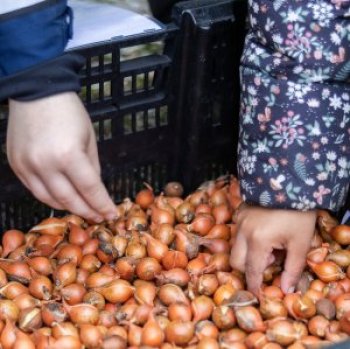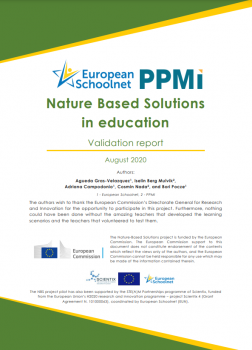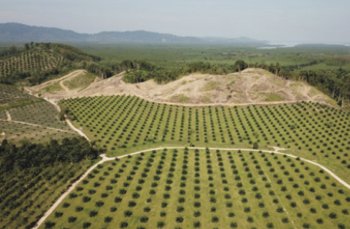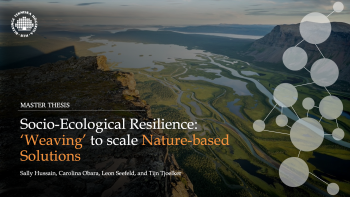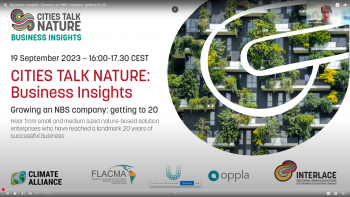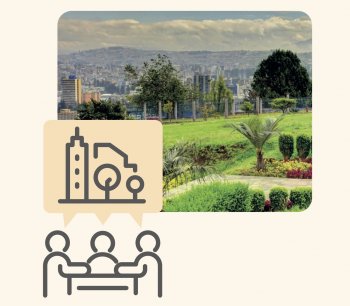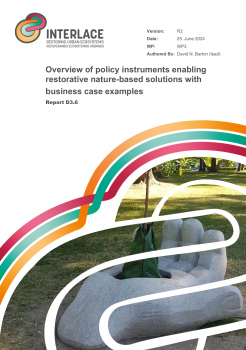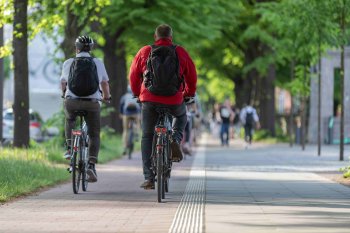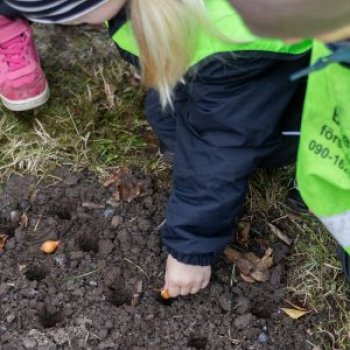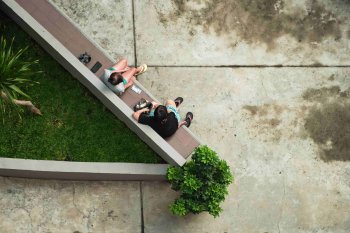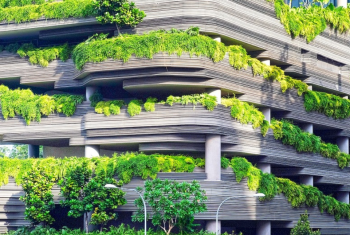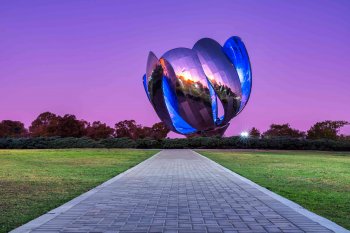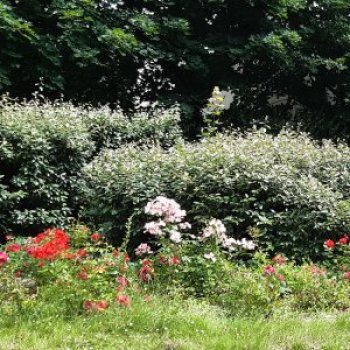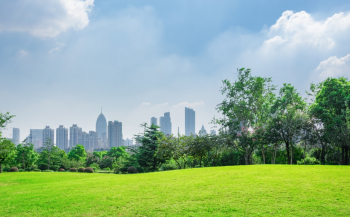BIODIVERZITÁS: Élőhely-rekonstrukciók lehetőségei és tapasztalatai, valamint jógyakorlat gyűjtemény Magyarország síkvidéki területeihez kapcsolódóan
Az EU természet-helyreállítási rendeletének életbe lépése miatt időszerű egy, az ökoszisztémák széles körét érintő élőhely-rekonstrukciókkal foglalkozó kiadvány, amely Magyarországra nézve hiánypótló műnek számít. Az élőhely-rekonstrukció segédlet a síkvidéki nyílt élőhelyekkel (gyepekkel, vizes
CONEXUS Life-Lab factsheet series - Monitoring ecosystem services of urban forests in São Paulo, Brazil
Trees offer various ecosystem services that can significantly cool down and improve livability in cities. Through a deeper understanding of these contributions by studying native tree species in São Paulo, we aim to provide the municipality guidelines on vegetation structure and species composition
D3.5 Results of six seedbed interventions in the six Cultivating Cities
This report shows the processes and results of six seedbed interventions in the project in the six Cultivating Cities. These interventions were developed in close cooperation between city partners and partners from WP3. Publication Date: 01 Mar 2023
Nature Based Solutions in education
Citizens and experts have identified better awareness of the opportunities, benefits, and limitations of nature-based solutions as one of the main factors that could facilitate the transition to more sustainable cities and territories. Nature-based Solutions (NbS) use nature and ecosystems to
Conserving tropical biodiversity via market forces and spatial targeting
Successful conservation on private land depends on three factors: the conservation effectiveness for the target species; the private costs in reduced productivity; and the private benefits that conservation provides, for example, by enhancing the value of remaining production. Research on palm-
Barriers and Enablers for Scaling NbS to the Landscape Level [Socio-Ecological Resilience: ‘Weaving’ to scale Nature-based Solutions (Master Thesis)]
Thus far, little research has been conducted on barriers and enablers for scaling NbS to the landscape level. In collaboration with the Bioregional Weaving Labs collective (aiming to restore, protect, and regenerate at least one million hectares of Europe’s land and sea by 2030), a student research
Green Cities Framework (GCF) Handbook
Cities of all sizes and types can develop effective strategies for nature-based solutions, allowing them to create innovative and inspiring ways to tackle major urban challenges, such as flooding and heat stress. Embedding nature-based solutions in this way in long-term city planning, development
Business insight programme – webinars
As part of the CITIES TALK NATURE events, the INTERLACE project held a series of webinars to discuss business insights and opportunities for nature-based solutions (NbS) in Europe and Latin America. The webinars covered topics including: policy instruments for private NbS businesses, standards and
Urban Nature Gateway
A catalogue of tools and resources designed to help tackle some of the most pressing shared challenges around urban nature-based solutions (NbS). It provides practical insights and resources for addressing six key challenge areas: NbS assessment; co-governance; citizen engagement; inclusion and
Overview of policy instruments enabling restorative nature-based solutions with business case examples (D3.6)
Small and medium sized cities in Europe and Latin America share a common challenge in implementing nature-based solutions (NBS). Most land is in private hands. In addition smaller cities are not early adopters of NBS and may be too small to grow a market for private providers of NBS. This begs the
Science at ISGlobal
The 1000 cities ranking is a project of the Barcelona Institute for Global Health (ISGlobal), one of the centres in the PRBB. It’s aim is to estimate the impact of air quality, noise, temperature and proximity to green spaces on the health of people living in Europe's largest cities. Learn
GoGreenRoutes: Outline of the project presentation
Learn all about GoGreenRoutes in this introductory project presentation. Publication Date: 29 Jul 2021 Author(s): Maynooth University and ICLEI Europe
Climate crisis, cities, and health
More than ever, the climate crisis is becoming a health crisis. An estimated 5 million people globally die each year because of suboptimal temperatures,1 with a large proportion of heat-related mortality (37%) attributable to human-induced climate change.2 Cities have an important role in climate
ZÖLD-KÉK INFRASTRUKTÚRA: Innovatív és hatékony megoldások zöldfelületek menedzseléséhez
A kézikönyv esettanulmányok segítségével mutatja be az URBAN GREEN BELTS (UGB) - Városi zöldövezetek projekt során megvalósított tevékenységeket. A projektpartnerek által megszerzett ismeretek és tapasztalatok alapján összegyűjtött tudásanyag a gyakorlatba is beépíthető, sokoldalú eszköz- és
Repository of NbS guidance material
The NbS Guidance Repository is a collection of guides, handbooks, manuals, toolboxes, and other guidance materials. These resources are specifically designed to facilitate knowledge brokering and capacity-building on Nature-based Solutions (NbS) for a diverse group of non-academic actors. The
SOLUCIONES BASADAS EN LA NATURALEZA PARA LA GESTIÓN DEL AGUA
Las SbN apoyan una economía circular, restauradora y regeneradora por diseño, y fomentan una mayor productividad de los recursos para reducir su desperdicio y evitar la contaminación, incluso a través de la reutilización y el reciclaje de los mismos. Las SbN también respaldan los conceptos de
Concept to Delivery Innovation Programme - Sustainable finance, business models and nature-based entrepreneurship strategies for Nature-based Solutions
Designing, delivering and managing nature-based solutions at a level that provides environmental, social and economic benefits while building resilience and benefitting biodiversity is complex. There are many issues to consider and many different stakeholders involved at all stages of the process.
GUÍA DE LA INFRAESTRUCTURA VERDE MUNICIPAL
Esta Guía se redacta con el objetivo de dar respuesta a las necesidades que los responsables municipales tienen a la hora de gestionar de forma adecuada la infraestructura verde situada en su ámbito municipal. Está destinada principalmente a apoyar a los técnicos municipales y a los cargos
TELEPÜLÉSI KLÍMAADAPTÁCIÓ: Klímaadaptív gyepgazdálkodás a városban
A Veszprém város önkormányzatának megbízásából elkészült dokumentum a város és a természet kapcsolatát, valamint a város működésének hatását a klímára mutatja be. Összefoglalja az urbanizáció történetének következményeit, vagyis azt, hogy a népességrobbanás, a beépítettség növekedése és a termelési
- Infographic
Ten research findings about Nature-Based Enterprises
The first results from the Connecting Nature research survey of nature-based enterprises!
- ‹ previous
- 18 of 20
- next ›

